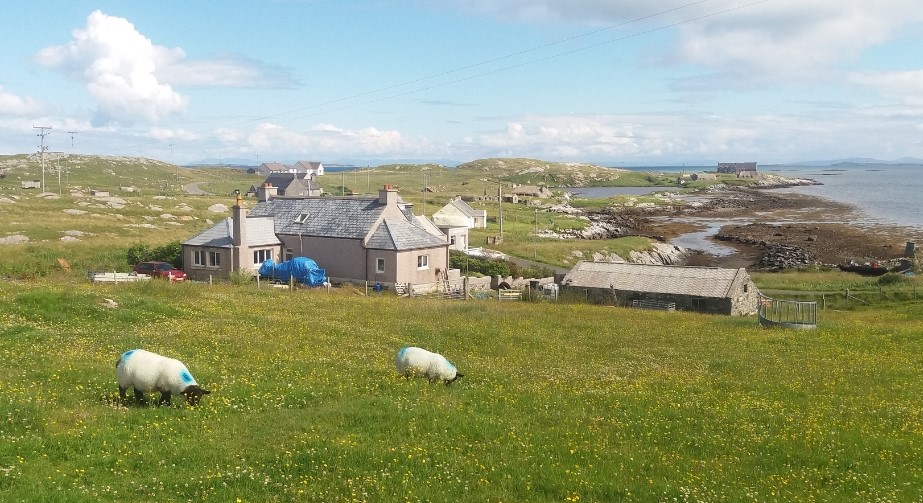New research on Scottish islands published

An outline report has been published by Scottish Government’s Rural and Environmental Science and Analytical Services (RESAS) unit, which outlines the Scottish Islands Typology (2024).
It classifies Scotland’s islands into ten categories based on combinations of population, access to local amenities, and access to mainland Scotland. It offers an alternative way to compare the differences and similarities between islands.
Why was the research needed?
The lack of data about Scotland’s islands was recognised in the National Islands Plan (Scottish Government, 2019) and several measures have been taken to tackle this in recent years. Data which gives a better understanding of Scotland’s islands can help measure progress against the strategic objectives of the National Islands Plan.
It can also be used more widely in policy development, including to inform Island Communities Impact Assessments, which are a statutory requirement under Chapter 7 of the Islands (Scotland) Act 2018. Measures to obtain more island-level data have involved repurposing existing data sets using the Scottish Island Regions (2023) geography as well as collecting primary data in the Scottish Islands Survey.
However, there are remain gaps in the understanding about some key aspects affecting daily life in the islands and key similarities and differences between islands. The research addresses these gaps by collating information on local amenities and ferry services in the islands and using this and existing population data to create a new way of categorising Scotland’s islands.
The resulting Scottish Government Scottish Islands Typology (2024) offers a new way to consider the differences and similarities between Scotland’s islands which could provide a useful alternative framework for those working with and for island communities.
Research
Using Gow’s Typology of Scotland’s Islands (Gow et al., 2023) as a model, data about key local amenities and ferry connectivity was collated for each of the islands in the Scottish Island Regions (2023) geography. This was combined with population data from the 1981 and 2011 censuses to create a picture of the capacity available on each island. Islands were then compared to each other to identify similarities and differences and grouped into ten classes based on these factors.
This analysis was used to produce the Scottish Government Scottish Islands Typology (2024). The ten island types are summarised in the report and underlying data on population, local amenities, and ferry access has also been made available.
Learning
Scotland is home to a diverse range of islands which have varying levels of access to people, goods and services. This is affected by what is available in the island and by the ferry connections the island has access to. Islands within the same region or local authority area can be very different from each other in this regard and there is value in understanding the differences between islands in proximity and the connections that can be made between similar islands which are geographically distant from each other.
What next?
The Scottish Government will continue to develop island-level data sources and use these to monitor progress against the National Islands Plan’s strategic objectives and to contribute to policy making.
You can find links to the report here along with links to a visual summary and Typology 2024 Datasheet


